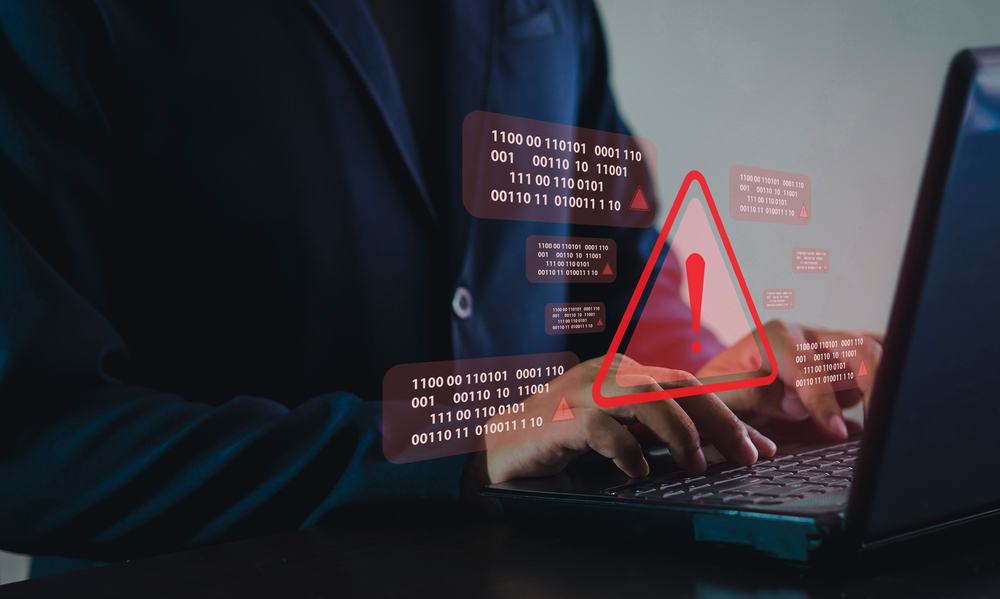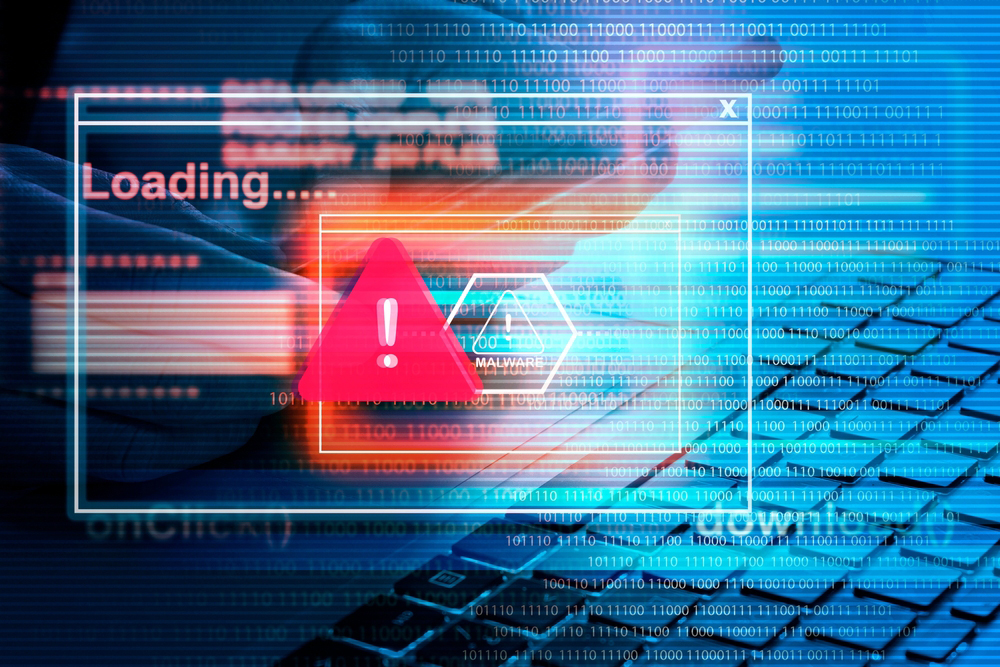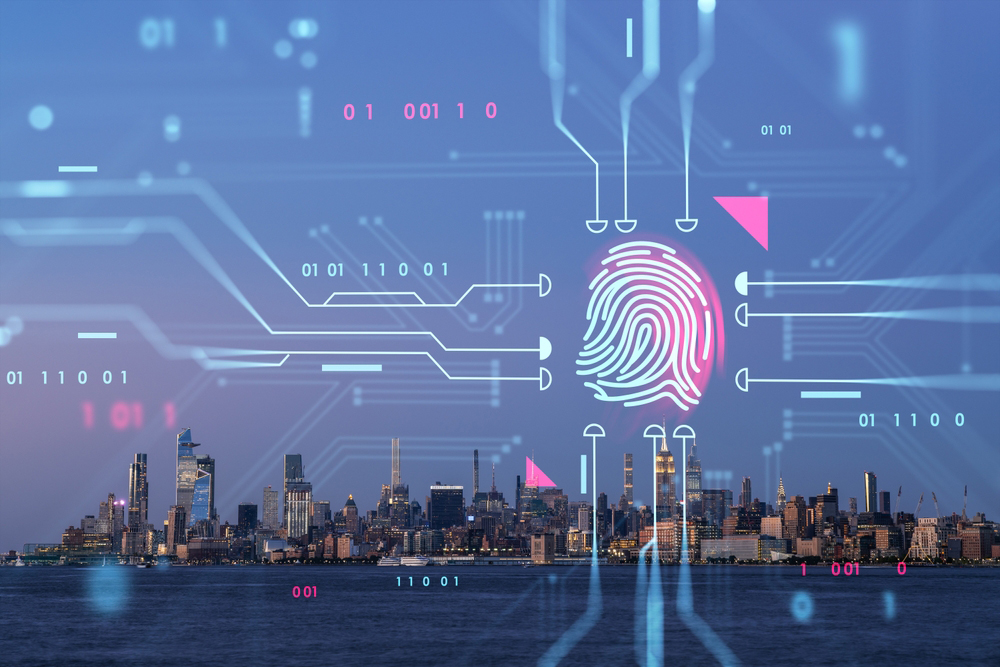The History of Cybersecurity: Early Threats to Modern Strategies
In an era where our digital lives are as precious as gold, cybersecurity has emerged as the unsung hero of our connected world. From the early days of computer viruses to today’s advanced cyber attacks, the history of cybersecurity is a thrilling saga of innovation, espionage, and relentless defense.
Creeper vs Reaper: The Origin of Cybersecurity
The origins of cybersecurity can be traced back to 1971, when Bob Thomas, a computer programmer at BBN Technologies, developed a program known as “Creeper.” This early computer virus was designed not to cause harm but to test the security of ARPANET, the precursor to the modern internet.
Creeper was a self-replicating worm that moved through the network, displaying the message “I’m the creeper, catch me if you can!” on the screen of DEC PDP-10 mainframe computers, causing a minor disruption by interfering with their teletype displays.
In response to Creeper, Ray Tomlinson, the inventor of email and a colleague of Thomas, created the Reaper program. This was the first antivirus software, designed to detect and eliminate copies of Creeper, marking the beginning of the field of cybersecurity. The creation of Creeper and Reaper highlighted the need for security measures in digital communications and laid the groundwork for the ongoing evolution of cyber defense strategies.
Cybersecurity in the 80s
The 1980s were a defining period for cybersecurity, marking a transition from a time of relative digital innocence to an era of increasing awareness and sophistication in cyber threats. This decade was characterized by the rise of significant cyber attacks, the development of new cybersecurity terminology, and the birth of the antivirus industry.
The Rise of Cyber Threats
The early 1980s saw the advent of cyber attacks that underscored the vulnerabilities of emerging computer networks. High-profile breaches during this period included attacks on major organizations such as AT&T, the Los Alamos National Laboratory, and the National CSS. These incidents highlighted the growing risks associated with digital systems and underscored the need for improved security measures.
In 1983, the field of cybersecurity took a pivotal turn with the introduction of new terms that would become foundational in describing various forms of malicious software. The concepts of “computer virus” and “trojan horse” were coined, reflecting the evolving nature of digital threats.

Emergence of Antivirus Solutions
The increasing frequency of cyber threats led to a burgeoning cybersecurity industry. In 1987, commercial antivirus software began to emerge as a crucial tool in combating the growing number of computer viruses. The development of early antivirus products was a significant milestone.
Notable examples include VirusScan, created by John McAfee, and antivirus solutions for the Atari ST by Kai Figge and Andreas Luning. This period also saw Bernd Fix successfully removing the Vienna virus, one of the first forms of malware to spread and corrupt files. The same year brought the Cascade virus, one of the earliest examples of an encrypted virus. This virus infected .com files and demonstrated the need for more sophisticated antivirus solutions, as it managed to comprise systems at IBM.
The Rise of Computer Worms
The 1980s also witnessed the development of computer worms. The Morris Worm, created by Cornell University student Robert Tappan Morris in 1988, was one of the most significant early examples. Intended to measure the size of the internet, the worm instead caused widespread disruptions due to a programming error, infecting approximately 6,000 computers and slowing down networks significantly.
The Morris Worm was notable for being one of the first programs to exploit system vulnerabilities and became a landmark case in cybersecurity history, leading to Morris’s conviction under the Computer Fraud and Abuse Act and the establishment of the Computer Emergency Response Team (CERT).
Introduction of Ransomware
By 1989, the concept of ransomware made its debut with the AIDS Trojan. Unlike modern ransomware, this early strain is relatively easy to remove. Distributed via floppy disks, the AIDS Trojan was handed out to attendees of the World Health Organization’s AIDS conference, marking a primitive yet significant step in the evolution of cybercrime.
1990s: The Internet Boom and Rising Threats
The 1990s were another transformative decade for cybersecurity, marked by the explosive growth of the internet. The rapid expansion created unprecedented opportunities for communication and commerce but also introduced new vulnerabilities. This period saw an expansion of digital technology, the emergence of new types of malware, and significant advancements in security measures.
Polymorphic Viruses
A significant development in the early 1990s was the advent of polymorphic viruses. In 1990, the first polymorphic virus was created and unlike traditional viruses, which remained static, polymorphic viruses could mutate their code as they spread between systems. This mutating capability made it particularly challenging for antivirus programs to detect and neutralize, setting a new precedent for the complexity of malware.
Advancements in Cybersecurity Measures
As technology evolved, so did cyber threats but so did the defenses against them. In 1995, Netscape introduced the Secure Sockets Layer (SSL) protocol. SSL was designed to enhance the security of internet transactions by encrypting data transmitted over the web, thus protecting sensitive information from interception. SSL laid the foundation for the modern Hypertext Transfer Protocol Secure (HTTPS), which is now a standard for secure online communication.
This decade also marked the rise of cyber threats that included macro viruses and stealth capabilities. Macro viruses, which targeted software applications like Microsoft Word, became prevalent in the mid-1990s, further complicating the task of virus detection and removal. In response, antivirus software developers focused on creating more advanced tools to address these emerging threats. We also saw cyber threats such as unauthorized access, social engineering, and distributed denial-of-service (DDoS) attacks.
The increasing focus on Microsoft Windows, which had become a dominant opening system, made it a primary target for malware. This shift in focus led to the development of firewalls and other protective measures to defend against these growing threats.
The Fight Against Malicious Software
The 1990s saw the proliferation of various types of malicious software. In 1999, the Melissa virus, created by David Lee Smith, became infamous for its rapid spread and significant impact. The virus, which primarily targeted Microsoft Outlook, was one of the fastest-spreading infections of its time, causing an estimated $80 million in damages. The Melissa virus highlighted the increasing sophistication of malware and the urgent need for better cybersecurity solutions.

The Role of Advocacy and Law Enforcement
The 1990s also saw the rise of advocacy and legal measures to address cybersecurity issues. Founded in 1990, the Electronic Frontier Foundation (EFF) became a leading voice in digital rights and privacy, advocating for legal protections and regulations to safeguard personal information. The 90s also saw the establishment of electronic crime task forces by governments and law enforcement agencies worldwide, aiming to combat cybercrime and enforce laws in the digital realm.
2000s: The Millennium’s Digital Battleground
As the digital landscape expanded, so did the opportunities for malicious actors. This decade saw a dramatic increase in cybercrime, highlighted by significant breaches and the evolution of new attack methods.
The Rise of Web-Based and Instant Messaging Threats
At the turn of the millennium, the internet’s growth led to new forms of cyber threats. For the first time, simply visiting a website could lead to a malware infection. This type of attack, known as a “drive-by download,” exploited vulnerabilities in web browsers and plugins, allowing malware to be installed without any user interaction beyond visiting the compromised site.
Instant messaging services, which had become popular for both personal and business communication, also fell victim to security breaches. Attackers exploited these platforms to spread malware and steal personal information, demonstrating how emerging communication technologies could be leveraged for malicious purposes.
Major Cyber Crimes of the 2000s
The early 2000s saw several high-profile cybercrimes that underscored the growing sophistication of cyber threats:
- 2000: Mafiaboy’s DDoS Attacks – Michael Calse, known online as “Mafiaboy,” launched a series of distributed DDoS attacks on major websites including Amazon, Yahoo, and eBay. These attacks overwhelmed the websites with trafficking, causing significant downtime and financial losses.
- 2000: The ILOVEYOU Virus – Also known as the Love Bug or Love Letter virus, ILOVEYOU spread through email in 2000, infecting over 10 million computers worldwide. Exploiting a vulnerability in Windows, this worm caused billions of dollars in damage by corrupting files and stealing sensitive information.
- 2006: The Advent of RSA Encryption in Ransomware – the first ransomware to use advanced RSA encryption, marked a new era in ransomware attacks. RSA encryptions, a form of public-key encryption, became a standard for securing ransomware communications.
The latter part of the decade saw a significant rise in ransomware attacks, with new strains becoming more sophisticated and damaging:
- 2013: CryptoLocker Ransomware – the first major ransomware to spread through botnets and social engineering. It encrypted users’ fields and demanded payment in Bitcoin for their release.
- 2017: WannaCry Ransomware – this ransomware infected over 200,000 computers across 150 countries, crippling organizations. The attack exploited a Windows vulnerability and is believed to have been orchestrated by North Korean hackers.
Evolving Defenses and New Technologies
As the cybersecurity landscape continued to evolve throughout the 2000s, so did the strategies designed to counteract them. One significant development is the rise of computer forensics. This field became essential for investigating cybercrimes and recovering compromised data, offering vital insights into how security breaches occurred and how they could be mitigated.
In response to the increasing frequency of credential theft, multi-factor authentication (MFA) gained prominence. MFA introduced additional layers of security, moving beyond simple passwords to require multiple forms of verification before granting access.

Simultaneously, advances in network behavioral analysis and threat intelligence provided organizations with enhanced capabilities to detect and respond to attacks. By analyzing patterns of network activity and leveraging real-time threat intelligence, companies could better identify potential threats and implement proactive measures to protect their systems.
Cybersecurity Today
In 2024, cybersecurity faces unprecedented challenges as cybercriminals deploy advanced technologies like AI and automation to launch increasingly sophisticated attacks. The scope of threats has expanded, targeting vulnerabilities in IoT devices, cloud infrastructure, and mobile apps with ransomware and crypto jacking becoming prominent dangers.
Security is Always a Top Priority
Organizations have shifted to proactive defense strategies, emphasizing threat intelligence, continuous monitoring, and vulnerability assessment to prevent breaches. AI and automation are integral, enhancing real-time threat detection and streamlining responses. Regulatory compliance has become critical, with regulations like GDPR and CCP driving substantial investments in data privacy and security.
The widespread adoption of cloud computing and a more hybrid work environment due to COVID-19 has brought its own set of security challenges. Organizations must address unique concerns related to cloud environments including data privacy, access controls, and secure configurations. Ensuring proper cloud security is paramount as more businesses rely on daily cloud solutions.
What Does This Mean for IT Professionals?
The demand for skilled cybersecurity professionals has surged, reflecting the increasing complexity of cyber threats. However, there is a notable shortage of qualified experts, leading to heightened competition for top talent. Organizations are investing heavily and recruiting skilled professionals or outsourcing them to experienced professionals ensuring the protection of their digital assets.
Employee awareness and training have also become integral to maintaining a strong security posture. Organizations are implementing comprehensive training programs to educate employees on best practices, safe browsing habits, and how to recognize and report potential security threats.
Consistent Growth
As cyber risk continues to expand, finding effective ways to reduce security breaches remains crucial. The growth of the cybersecurity market, projected to reach $345.4 billion by 2026, shows the importance of staying ahead of emerging threats. Leveraging modern technologies and maintaining a proactive approach are essential in navigating the ever-changing world of cybersecurity.


